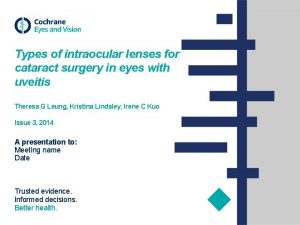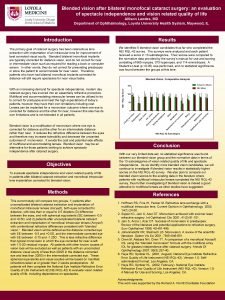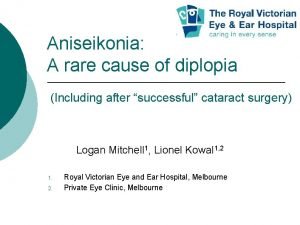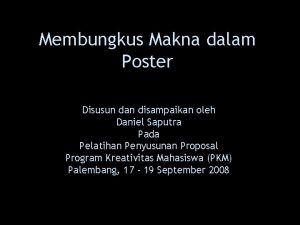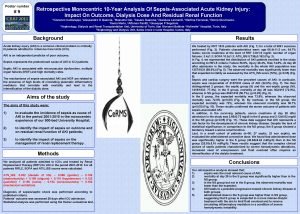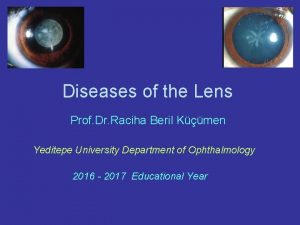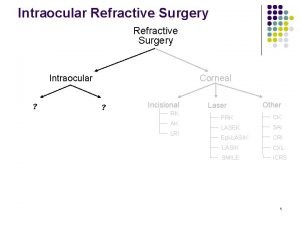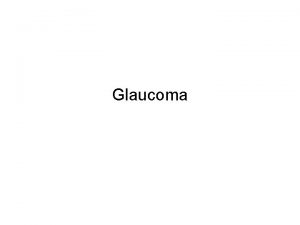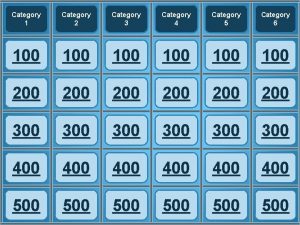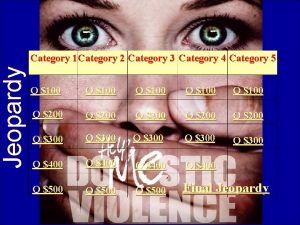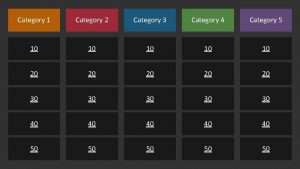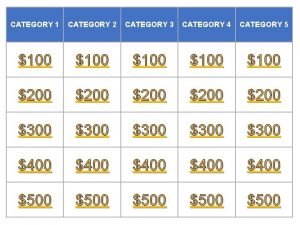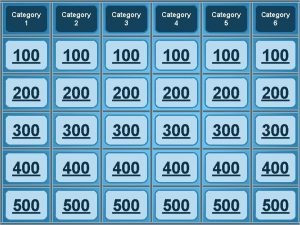Poster Number P 90 Category Intraocular Surgery Cataract

Poster Number: P 90 Category: Intraocular Surgery (Cataract and Refractive) Optimization of IOL Power Calculation Constants: By Unit or by Surgeon? Nathaniel E Knox Cartwright, MA, MRCOphth Bristol Eye Hospital, Bristol, UK Financial Disclosure: None

Background • 3 rd generation IOL power calculation formulae incorporate constants – SRK/ T: A constant – Hoffer Q: predicted anterior chamber depth – Holladay: surgeon factor • Optimisation of these constants corrects systematic errors in predicted postoperative refraction • However the process of optimisation is relatively complex perhaps discouraging many from doing so instead relying on values calculated by others

Purpose • This single centre study set out to determine whether optimised IOL power calculation formulae differ between surgeons operating in the same unit

Method I • Inclusion criteria – Prospectively entered perioperative data (Medisoft electronic patient record) – Implantation of L 161 AO Sofport or Akreos Fit (both Bausch & Lomb) intraocular lens (IOL) – Surgeons implanting ≥ 100 of either IOL – Preoperative IOLMaster (Carl Zeiss Meditec) biometry – Postoperative subjective refraction – Final corrected distance visual acuity ≥ 6/12 • Exclusion criteria – Combined surgery (e. g. phacovitrectomy) – Complicated surgery

Method II • For every eye and each of the Hoffer Q, Holladay and SRK/T formulae the constants predicting emmetropia were calculated using Freemat 3. 6 • Optimised constants calculated using the method recommended by Carl Zeiss Meditec – Mean of personalised constants excluding values greater the 2 standard deviations from the overall population mean • Statistical analysis – R 2. 8. 2 (R Foundation for Statistical Computing) software used – Differences between the manufacturers and optimised formula constants compared using the 2 sided paired t test – Differences between surgeons compared using the ANOVA test – p < 0. 05 statistically significant

Results • 6314 operations met inclusion criteria – 4390 L 161 AO Sofport IOLs • 15 surgeons – 1924 Akreos Fit IOLs • 4 surgeons • No statistically significant differences between surgeons for optimised constants for any formula for either IOL type – ANOVA test, all p >> 0. 05

Surgeon Sofport AO Akreos Fit Nominal Holladay A Constant 118. 0 Optimised SRK/T A Constant 118. 69 * 118. 45 * * paired t-test p < 0. 05

Surgeon Sofport AO Nominal Hoffer Q p. ACD 4. 97 Optimised p. ACD 5. 12 * Akreos Fit 4. 97 5. 03 * * paired t-test p < 0. 05

Surgeon Sofport AO Akreos Fit Nominal Holladay Surgeon Factor 1. 22 Optimised SRK/T Surgeon Factor 1. 67 * 1. 51 * * paired t-test p < 0. 05

Conclusions • Like previous studies have shown, IOL power calculation formula constants optimised for the IOLMaster differ significantly from those recommended by the manufacturer • However differences between surgeons operating in the same unit were not significant • This reinforces the need for IOL constant optimisation and demonstrates that doing so is practical, even in large multisurgeon centres

Contact Nathaniel KNOX CARTWRIGHT n. knoxcartwright@gmail. com
- Slides: 11


